The 3M Half Marathon is not just another race; it’s a unique experience that offers a multitude of reasons why you should lace up your running shoes and take on the challenge of 13.1 miles. If you’re on the fence or need some extra motivation, we’ve got 13.1 compelling reasons why participating in the 3M Half Marathon is an excellent choice.




1. Fast Course:
The 3M Half Marathon course is known for its speed, making it perfect for setting personal records.
2. Downhill to Downtown:
You’ll start in the northern suburbs of Austin and finish right in the heart of the city, experiencing the best of both worlds.
3. Scenic Views:
Enjoy picturesque views of Austin, with a mix of urban and natural scenery along the way.
4. Ideal Weather:
Held in January, the race offers cool, comfortable running conditions.
5. Excellent Race Support:
You’ll find aid stations, medical support, and enthusiastic volunteers throughout the course.
6. Exceptional Swag:
Participants receive a commemorative shirt, finisher medal, and more.
7. Social Community:
Connect with fellow runners, share training tips, and join a supportive community.
8. Relay Option:
Invite a friend to join you in the relay category, making it a memorable team experience.
9. Festival Atmosphere:
The finish line boasts a festive atmosphere with live music, food, and entertainment.
10. Charity Partners:
Run for a cause you care about by supporting one of the event’s charity partners.
11. Top-Notch Expo:
Discover the latest running gear and enjoy the pre-race expo featuring fitness products, apparel, and more.
12. Downtown Finish Line Party:
Celebrate your achievement with fellow runners and enjoy post-race festivities.
13. Austin Vibe:
Experience the energy and vibe of the Live Music Capital of the World.
13.1. Unforgettable Memories:
Participating in the 3M Half Marathon is not just about the race; it’s about the memories and the sense of accomplishment that you’ll carry with you.
So why wait? Register for the 3M Half Marathon and embark on a journey that will challenge you, inspire you, and leave you with unforgettable memories. Whether you’re an experienced half marathoner or a first-time participant, this event offers an incredible opportunity to enjoy a fast, scenic race through Austin, Texas. It’s time to make your mark and conquer 13.1 miles of pure running joy!

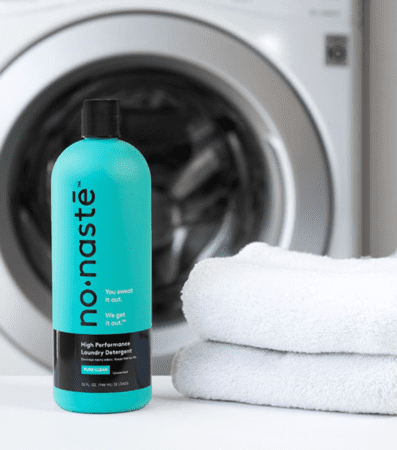 1. No Naste Laundry Detergent
1. No Naste Laundry Detergent 2. Kinfield Outdoor Essentials
2. Kinfield Outdoor Essentials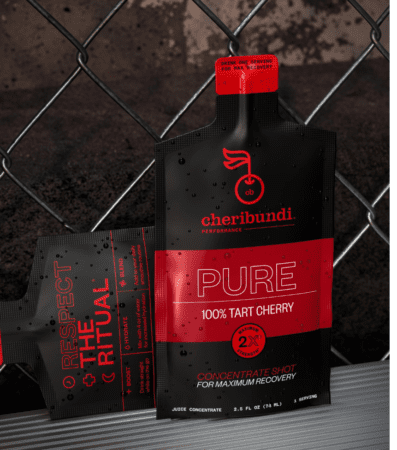 3. Cheribundi Recovery Shot
3. Cheribundi Recovery Shot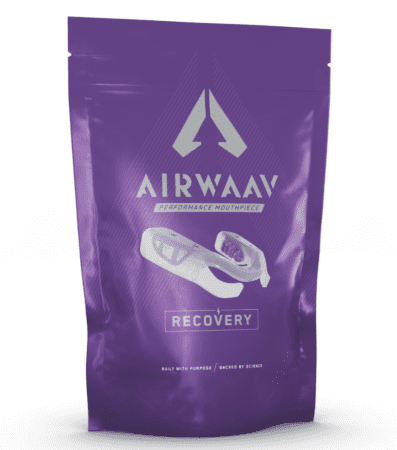 4. AIRWAAV Recovery Mouthpiece
4. AIRWAAV Recovery Mouthpiece 5. FunkFighters Odor and Sweat Fighting Inserts
5. FunkFighters Odor and Sweat Fighting Inserts 6. Chili Lime Pickle Shots
6. Chili Lime Pickle Shots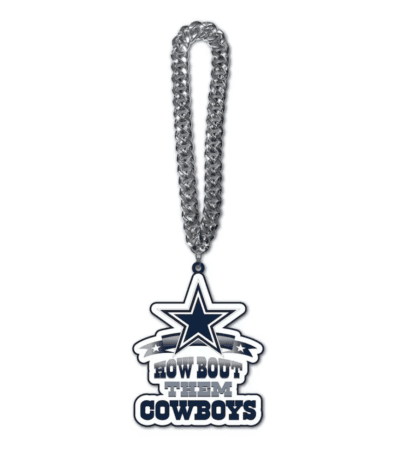 7. CBL Sports Team Medal
7. CBL Sports Team Medal 8. Fi Smart Dog Collar
8. Fi Smart Dog Collar 9. Spibelts – The New Excitement
9. Spibelts – The New Excitement


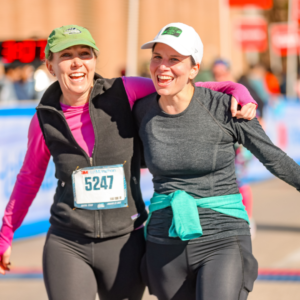 The Power of a Running Community
The Power of a Running Community